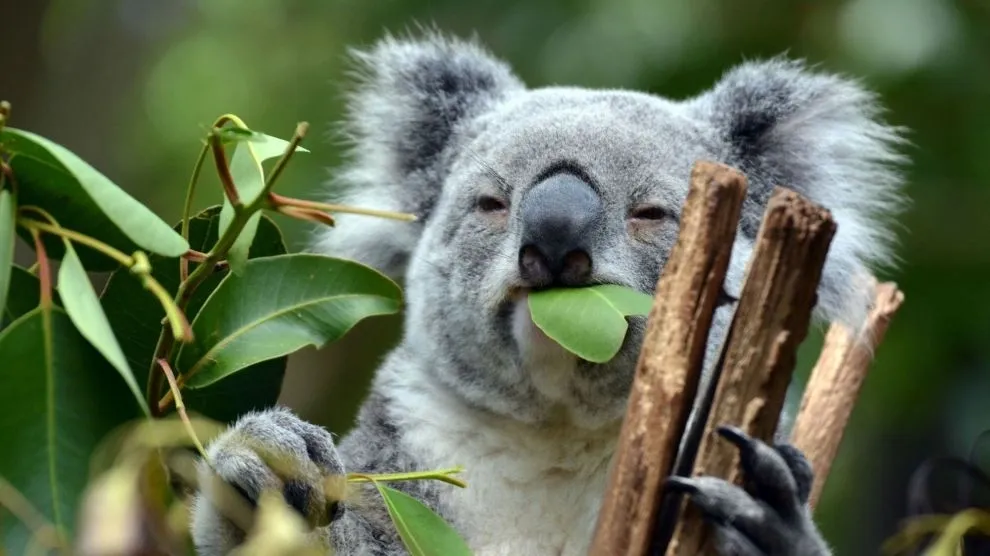
Central Coast Council has found the funds to complete the first ever survey for Koalas across the region.
As Ecologically Endangered Communities (EECs) such as Umina Coastal Sandplain Woodland on the Woy Woy Peninsula and various EECs in COSS land and wetlands are subject to risks that the Central Coast Council appears unable or unwilling to address, it has found the funds to conduct a survey for Koalas.
The survey findings have detected Koalas in the Mangrove Creek Dam catchment and Watagan Mountains, Council has reported.
Council Director Environment and Planning, Scott Cox said staff also looked at Ourimbah State Forest, Brisbane Water National Park and Council’s Coastal Open Space System (COSS) lands as other potential Koala habitats.
“In response to an increased number of Koala sightings being reported to us, the first ever survey for Koalas across the Central Coast was completed using a combination of phone surveys, postal surveys and an ecological study using song meters,” Mr Cox said.
“Phone and postal surveys were used to help record any community Koala sightings and in Spring, song meters were deployed in 58 potential Koala habitat locations to record the bellows of male Koalas during the breeding season.
“Koalas were recorded at nine sites in the far west of the region. These included six sites in the Mangrove Creek Dam catchment and three sites in the Watagan Mountains. While no Koalas were recorded on other sites, it doesn’t mean that they are not there in low numbers.
“It is positive to know that Koalas still populate areas of the Coast that were impacted by the 2019-20 bushfires. These results assist us in making land planning decisions and implementing the recently enacted Koala Habitat Protection State Environmental Planning Policy.”
Council Administrator, Rik Hart said results of the survey will be shared with other agencies such as the Department of Planning, Industry and Environment to ensure future conservation of the area.
“Councils take a leading, hands-on role in the conservation, protection and remediation of their local environments to preserve beaches, waterways, wildlife corridors and inland areas, not only for the community, but also for the variety of species that inhabit them. Studies like this are important in decision making to ensure the actions we take do not negatively impact the region we love,” Mr Hart said.
It is reassuring to hear these sentiments expressed by the Central Coast Council Administrator and Director of Environment and Planning. Let’s hope their appetite for hands-on conservation, protection and remediation extends to other issues of pressing importance including permanent protection of EECs in a manner that could actually attract funding to the region’s precious natural assets.


